Executive Health Screening That Puts You First
Step into a world of comfort and exclusivity at Healthway Screening's centres, where health meets peace of mind. With personalised service and thoughtful care, we redefine executive health screening as a calm, guided, and refined experience tailored just for you — from the moment you arrive to the moment you leave.
This guide includes everything you need to prepare for your appointment, helping to ensure a smooth, seamless, and reassuring experience from beginning to end.
Preparations and Guidelines
What Do I Need To Bring?
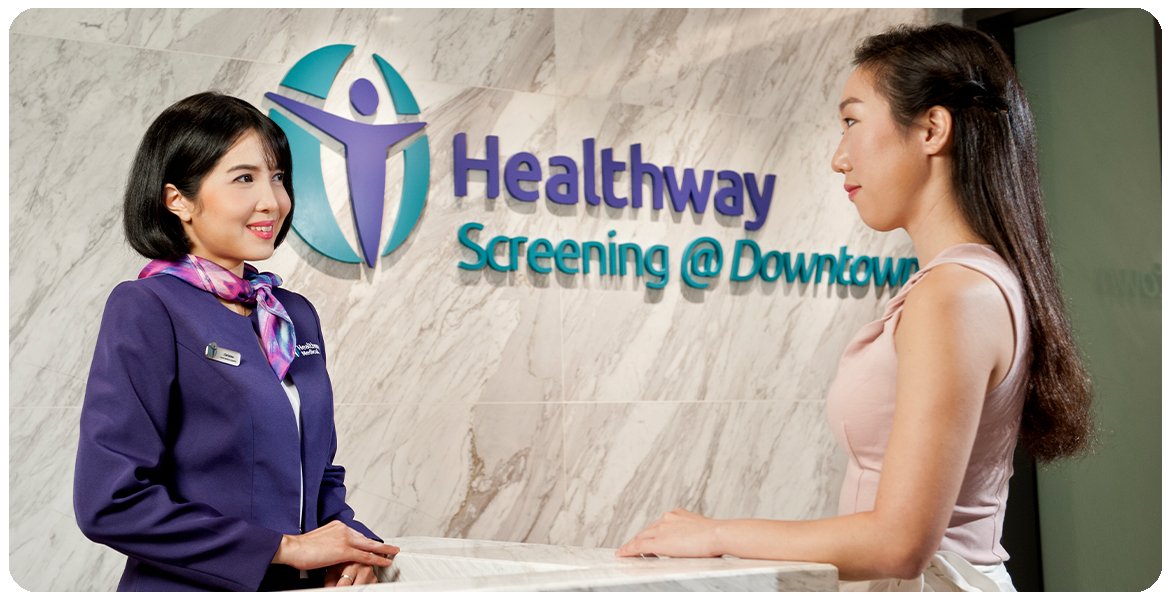
- Singapore NRIC / Passport / Work Permit / Employment Pass
- Recent health reports, X-rays, serology results, or doctor’s notes (especially for first-time visits)
- Letter of Guarantee or Authorisation from your insurer, company, or agency (if applicable)
- Corporate authorisation letter, staff pass, or memo (applicable to corporate clients)
Declaration of Illness
If you are feeling unwell prior to your health screening, please contact us via WhatsApp at 9633 9599 or call 6811 8686 during business hours. We will be glad to assist you with rescheduling your appointment.
Do I Need to Fast?
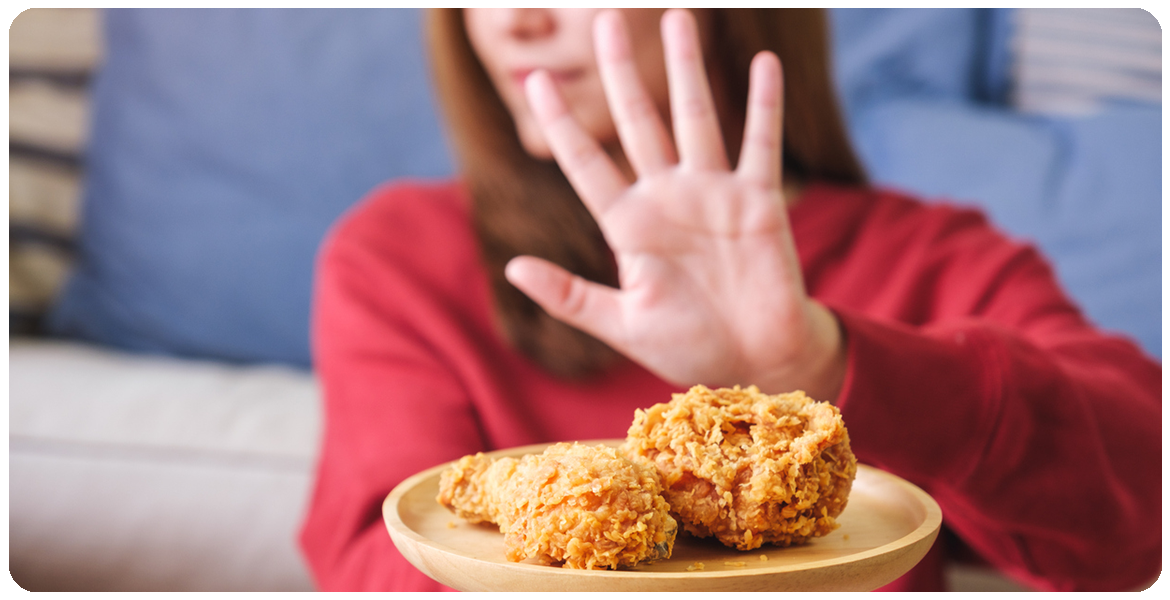
Not all screening packages require fasting, it depends on the package you select.
When Fasting is Not Required
You may eat and drink, but:
- Avoid heavy, oily meals or alcohol for 8–12 hours before.
- Drink plain water to stay hydrated.
- Skip coffee, tea, soft drinks, milk, and juices before your appointment.
- No smoking or caffeine for 3 hours before, especially if you’re doing a treadmill test.
- Avoid strenuous exercise the day before and on the day.
When Fasting is Required
Some tests require fasting to ensure accuracy:
- No food or drinks (except small sips of plain water) for at least 8 hours before your appointment.
- Light refreshments will be provided after your assessment.
- Avoid alcohol, caffeine, smoking, and strenuous exercise for 8 - 10 hours before your screening.
- Depending on the selected package, the average health screening duration can range from 1.5 to 3 hours.*
*Duration may extend depending on the day’s appointments.
Factors to note:
- Triglyceride levels can be measured with or without fasting. While they may rise slightly after a heavy or fatty meal, both fasting and non-fasting results are useful for assessing your health.
- Hormone tests (such as testosterone and prolactin) fluctuate naturally during the day, often higher in the morning. Your doctor will interpret results with this in mind.
Medications, Antibiotics, & Supplements
- Do not take any medication, antibiotics (within the past week), supplements, or Traditional Chinese Medicine (TCM) on the day of your appointment unless instructed otherwise.
- Inform our doctor of any medications or supplements you are currently taking or have taken recently.
- Please consult your doctor or inform our staff in advance, should you be on medication such as insulin.
For Women
- Pap smear, urine, and occult stool tests should be done at least 7 days before or after your menstrual period.
- Pap Smear: For the best and most reliable results, we kindly recommend avoiding sexual intercourse and vaginal products for 24–48 hours before your test.
- If you are having your period, do not perform any urine and stool sample collection.
- If you are having your period on the day of your appointment, please inform our staff, as some tests would need to be rescheduled.
- Hormone Test: If you are pregnant, breastfeeding, on contraceptive pills, or have an IUD, please inform our staff before your hormone test, as these may affect your results.
Refreshments & Food Allergies
Light refreshments will be provided after your health screening, with vegetarian and non-vegetarian options available. If you have any food allergies, please inform us during registration.
What Tests Will I Have?
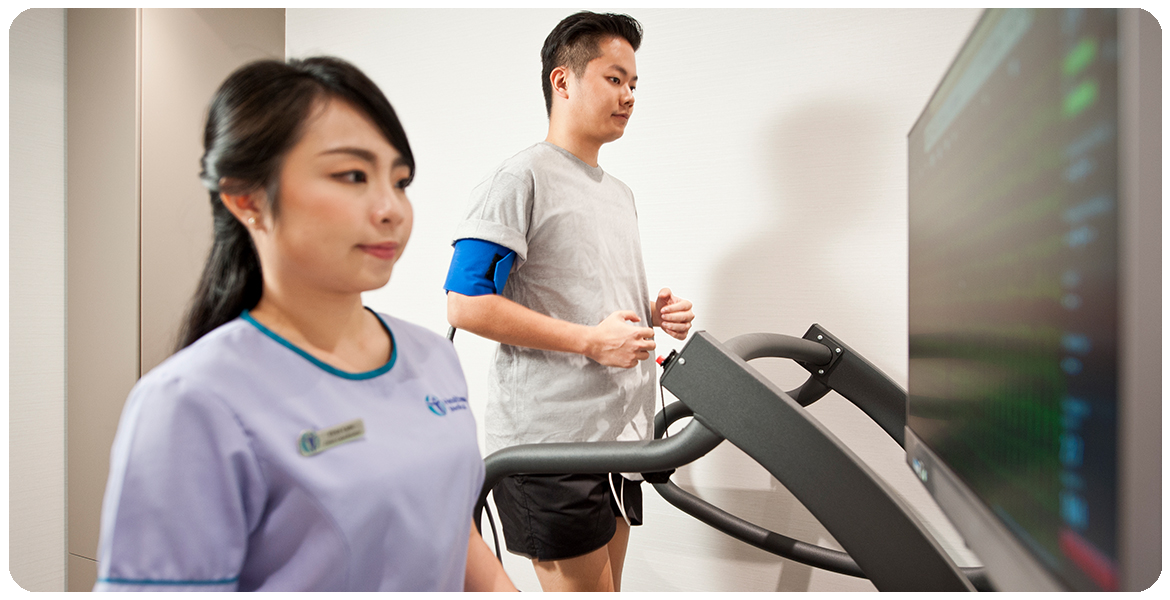
Eye Examination
- Please bring your glasses or contact lenses.
- If you are wearing contact lenses, please remove them at least 30 minutes before the test.
Stress ECG (Treadmill)
- The treadmill test takes about 20 to 30 minutes.
- Avoid caffeinated food and drinks before the test.
- If you are taking beta-blockers (e.g. atenolol, propranolol), consult your doctor before the health screening, as they might need to be paused 3 days prior.
- Bring your sports attire and running shoes for this test. As it involves physical movement, a change of clothes is recommended.
Ultrasound
- Pelvic or Prostate Ultrasound: Requires a full bladder.
- Drink 5 to 6 glasses of water.
- Avoid urinating 1 hour before your scan.
- Upper Abdomen Ultrasound: Requires 8 hours of fasting.
- A full bladder is not required for upper abdomen scans.
Mammogram (For Women)
- Not recommended during pregnancy.
- Please arrange for your appointment to be at least 1 week after the last day of your menstrual period.
- Avoid using deodorants, perfumes, powders, or creams on your chest or underarms as it might affect the quality of the mammogram.
- Bring your previous mammogram films or reports, if applicable.
- If you did not bring your latest mammogram films on health screening day, please submit them to our radiology department within 3 working days.
Diagnostic Imaging Tests
Depending on your needs, your screening might include ultrasound, X-rays, or other radiology tests. The time needed will differ based on the scan and findings.
We’re committed to delivering accurate, high-quality results. Every report is carefully reviewed to ensure clarity and precision — thank you for your patience.
Sample Collection Instructions
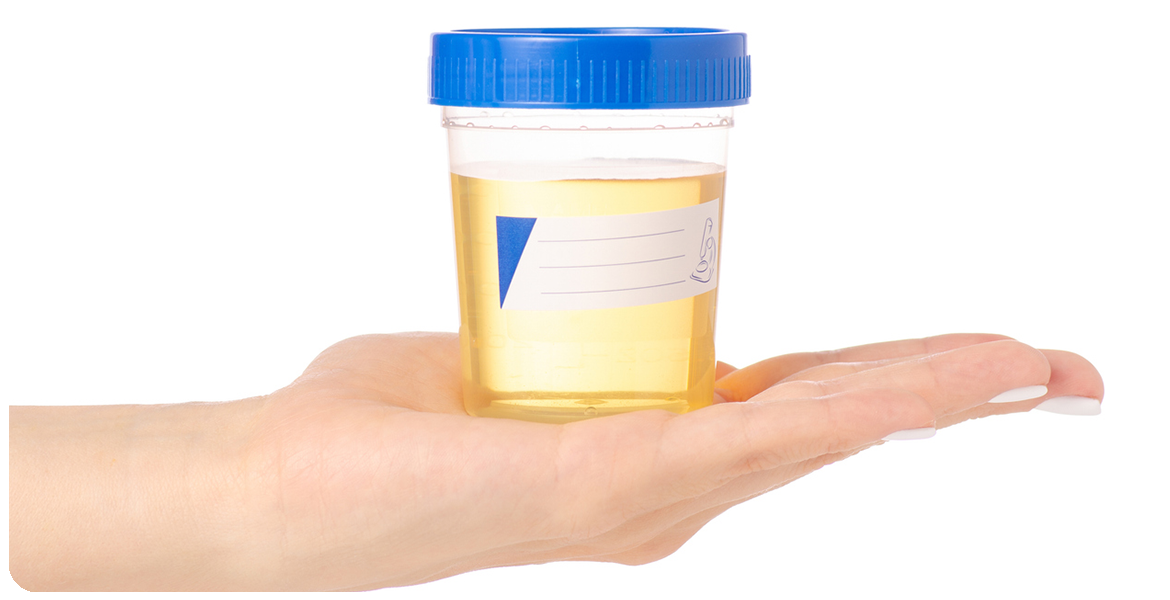
Midstream Urine (MSU) Collection
Please avoid collecting urine sample if you have any bleeding conditions such as haemorrhoids (piles) or are on your period as these will affect the results.
For Women
- Ensure that the container is clearly labelled with your full name and NRIC number.
- Wash your hands with soap and water, then dry thoroughly.
- Open the container without touching the inside or the lid’s underside.
- With one hand, separate the labia. With the other, wipe front to back using toilet paper. Keep the labia apart.
- Pass a small amount of urine into the toilet, then collect the middle stream (1/4 to 1/2 full) in the container.
- Avoid contact between the container and your skin.
- Secure the lid tightly, place the container in the plastic bag provided, and seal the bag.
For Men
- Ensure that the container is clearly labelled with your full name and NRIC number.
- Wash your hands with soap and water, then dry thoroughly.
- Open the container without touching the inside or the lid’s underside.
- Retract the foreskin (if applicable) and clean the tip of the penis with toilet paper. Keep the foreskin retracted during collection.
- Pass a small amount of urine into the toilet, then collect the middle stream (1/4 to 1/2 full) in the container.
- Avoid contact between the container and your skin.
- Secure the lid tightly, place the container in the plastic bag provided, and seal the bag.
Occult Stool Sample Collection
Please avoid collecting stool sample if you have diarrhoea, are on your period, or have bleeding conditions such as haemorrhoids (piles), as these will affect the results. Avoid red meat and iron supplements for 3 days before sample collection.
- Ensure that the container is clearly labelled with your full name and NRIC number.
- Place toilet paper on the rim of the toilet bowl to collect stool. Your stool must not come into contact with water or urine.
- Open the container and use the spatula attached to the lid to transfer a small amount of stool. Do not overfill.
- Secure the lid tightly, place the container in the plastic bag provided and seal the bag.
- Submit your stool sample within 12 hours. Do note that it has to be before 3 PM on weekdays.
Receiving Your Health Screening Report
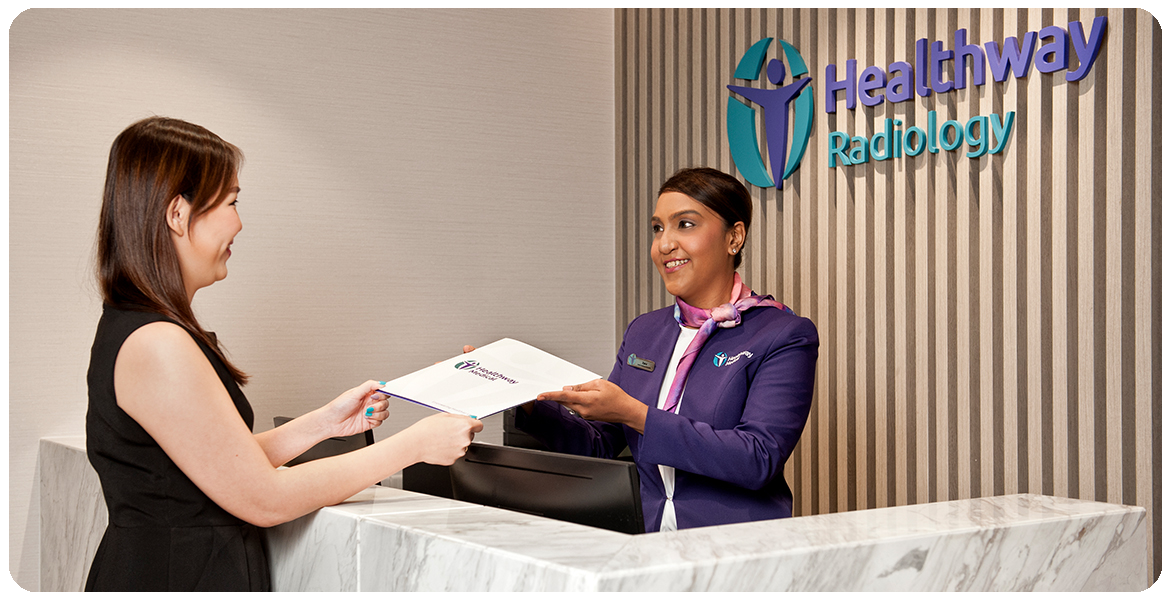
Your personalised Healthway Executive Report will be ready within 10 to 14 working days. Please book your complimentary medical review within 6 months of your health screening*.
*Additional reviews are chargeable.
For continued support in your health and care journey, Healthway Medical Group provides follow-up services through our GP clinics, family medicine, and specialist services.

